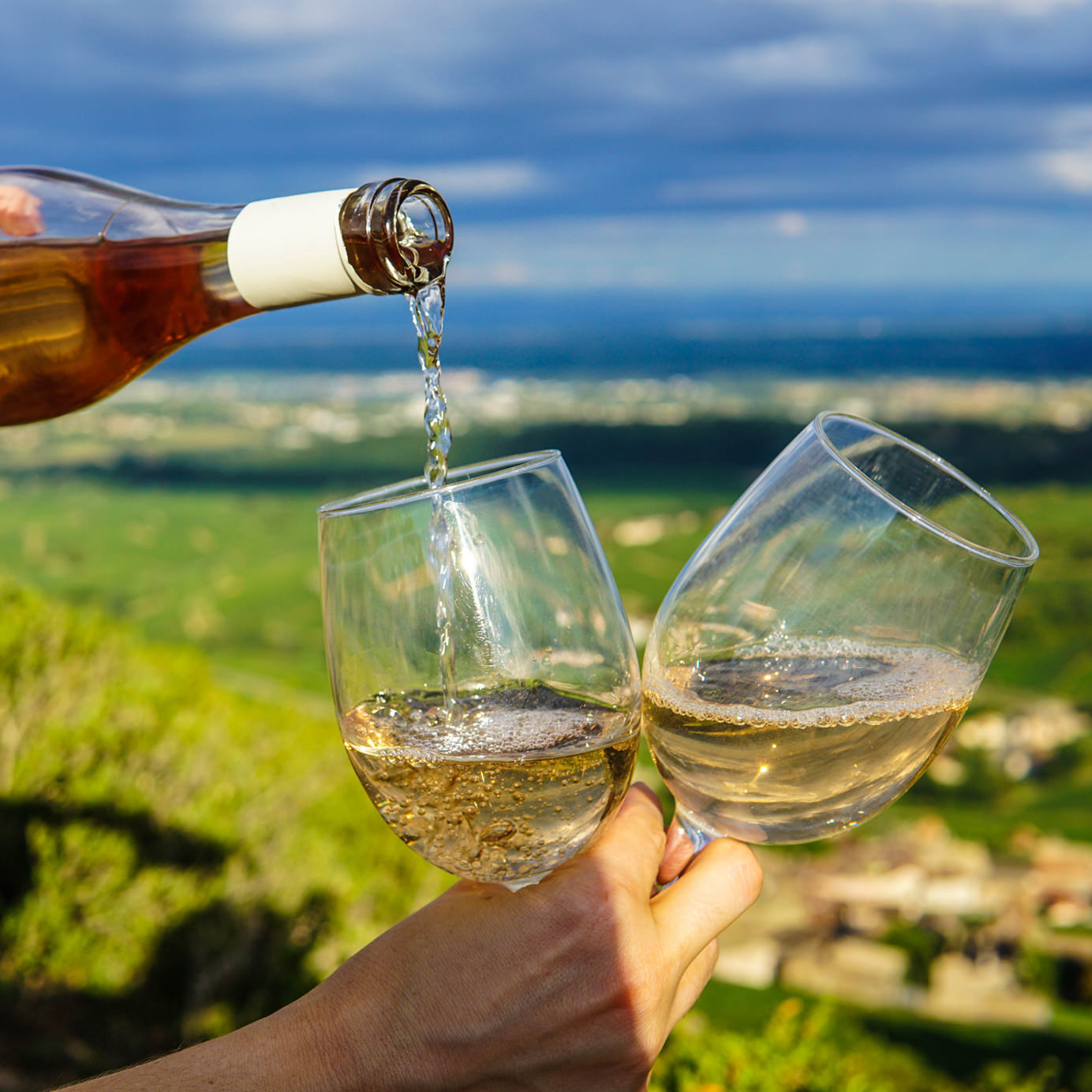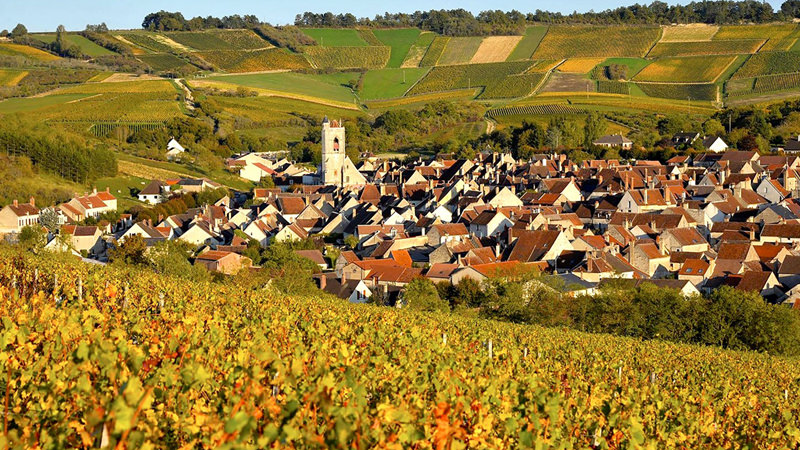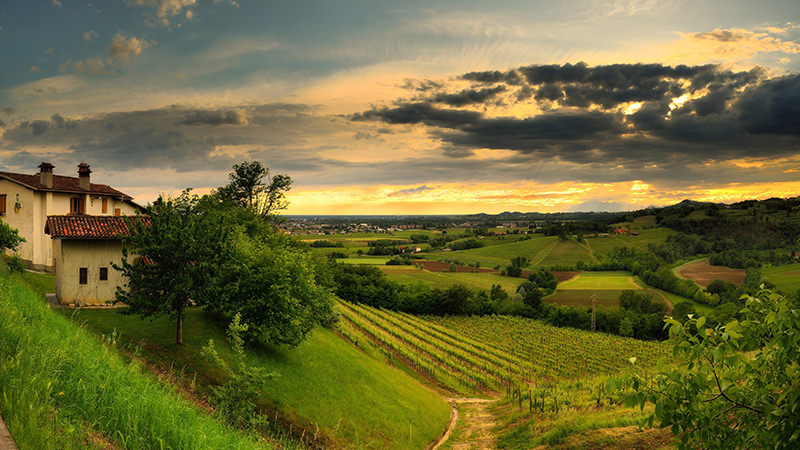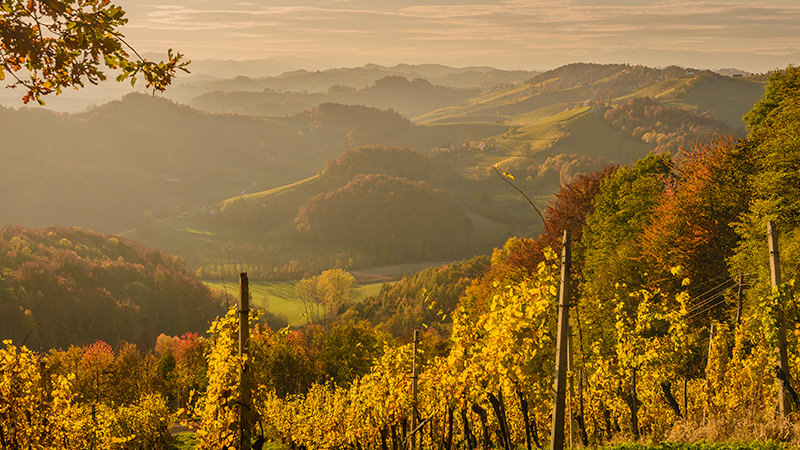Sauvignon Blanc is not a cool grape. It’s a classic, certainly, but it isn’t cool.
That’s due in part to decades of ubiquity. The third-most popular white grape variety among U.S. consumers, Sauvignon Blanc is found everywhere from grocery stores to romance novels to scented candles. Hailing from New Zealand, France, or sometimes California, it has a strong, divisive flavor profile that is dry, fruity, acid-driven, and familiar as the back of your hand.
Would you believe us, then, if we said that some of the most exciting new white wines popping up on U.S. wine lists are made from none other than Sauvignon Blanc?
For today’s wine consumers, who are increasingly millennials, the pervasiveness of this grape isn’t a selling point. Modern wine enthusiasts thirst for variety and discovery, much to the delight of wine professionals, who list grapes like Xinomavro and Timorasso among the most exciting wines these days. Even The New York Times’ “Wine School” column, a font of classical wine knowledge, has featured lesser-known varieties like Blaufränkisch and Godello in recent weeks.
But just as cutting-edge fashionistas have reclaimed mom jeans and jumpsuits for a new generation, three European wine regions are now reinventing Sauvignon Blanc. Flipping all stereotypical notions on their heads, these winemakers are dishing out palate-provoking, curiosity-inducing, swoon-worthy Sauvignon Blancs. Even those who despise the classic grapefruit and green pepper aromas of Sauvignon Blanc will think twice before disparaging the grape. Forget what you think you know about this classic grape variety; there’s a whole new Sauvignon Blanc out there.
Saint-Bris, France: Lean and edgy
While Burgundy is the last place that one might expect to find Sauvignon Blanc, the northern Chablis region is actually slightly closer to Sancerre than it is to Beaune. Saint-Bris lies just southwest of Chablis, and shares the cool climate and limestone-rich Kimmeridgian and Portlandian soils of its neighbor.
While Sauvignon Blanc has been planted in Saint-Bris since the middle of the 20th century, production is very small, equal only to about 2 percent of Chablis’ planted vineyards. Today many of the region’s top producers are also vintners of Chablis, from larger operations like William Fevre and Simonnet-Febvre, to artisanal growers like Clotilde Davenne and Alice et Olivier de Moor.
Just as Chablis is distinguished from other Burgundian regions by its mineral-driven austerity, Saint-Bris produces one of the most cutting, linear versions of Sauvignon Blanc. Aromatics are high-toned and fresh, with enamel-stripping acidity that could win over even the biggest acid hounds. Can’t decide between Chablis, Muscadet, and Sancerre as a pairing for oysters? Saint-Bris Sauvignon Blanc combines the best qualities of all three.
Friuli-Venezia Giulia, Italy: Luscious with poise
As the variety crosses into northern Italy’s Friuli-Venezia Giulia region it goes full Beyoncé, dropping the “Blanc” to be known heretofore only as “Sauvignon.”
It might seem odd that a region known for indigenous varieties like Friulano and Schioppettino specializes in superlative Sauvignon (Blanc), but the region also has stellar international plantings. Some cult Friulian Merlots, for instance, retail for $200 to $300. Add that to the fact that Friuli-Venezia Giulia is one of the most pristine white-wine-producing regions — with cool Alpine gusts meeting sun-drenched Adriatic warmth — and it makes sense that the region would produce some of the finest Sauvignon expressions around.
Friulian Sauvignon is all contrasts. Plentiful sunshine creates wines with concentration and fullness, but the acid-inducing, cool, nighttime temperatures and ponca soil provide backbone, like a corset. The region’s Sauvignon Blanc wines can be oak- or steel-aged, blended or varietal. In general, Friulian Sauvignon Blanc tends to be broad, fruit-forward, and less green, with savory, minerally accents and eye-opening acidity.
Styria, Austria: Long-lived and complex
The irony of Austrian Sauvignon Blanc is that, while Austria is almost always synonymous with Grüner Veltliner or Riesling, the country’s southern Styria (or Steiermark) region has been producing Sauvignon Blanc for centuries. Introduced by Archduke Johann in the early 1800s, and grown locally and experimentally for decades, Sauvignon Blanc is now the region’s signature variety.
The diverse soils, sharp slopes, and warm, humid climate make it difficult to pinpoint a single style of Styrian Sauvignon Blanc, but that is perhaps what makes the region most exciting. Young “Klassik” bottlings are fresh, acid-driven, and aromatic, like a more richly fruited Sancerre. Single-vineyard, reserve “Lagen” cuvées can be rich, concentrated, and textured, regularly winning over Chardonnay, Chenin Blanc, or white Rioja lovers. The best wines are complex and long-aging, even standing up to some of the world’s greatest Sauvignon Blanc wines.
It would be incorrect to call Styrian Sauvignon Blanc a happy middle between France and New Zealand, though it carries qualities of both. The fruit is bolder and green notes are diminished, but the texture is silky and elegant. In reality, U.S. wine drinkers are probably just dipping a toe into the wealth of Sauvignon Blanc offerings from Styria, meaning that there’s only more to discover.
*
While American wine drinkers seek out excitement and discovery in their wines today, they simultaneously attempt to categorize common grape varieties into reliable archetypes. There’s something comforting about reaching for the Pinot Noir that will always be smooth and juicy, or the Sauvignon Blanc that will always be crisp and refreshing.
But this way of thinking can close our minds to new styles of an old grape or create unnecessary prejudices against wines we’ll love simply because of variety stereotyping. Even the most common grapes can throw us a curveball — we just have to be ready and willing to catch it.



